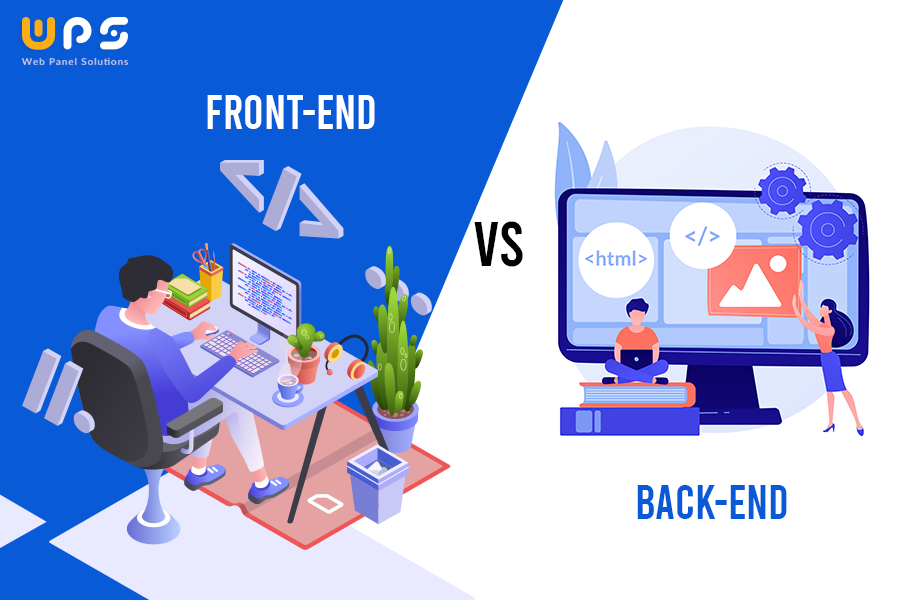Which 3 programs do front end developers use?
4 min read
09th August, 2021
In just a few years, Front End Web have come a long way. As a result of this advancement, we can leverage the power of well-tested libraries to simplify our workflow and profit from expanded responsive design options. Not only that, but we can collaborate on projects thanks to ever-improving version control systems.

There have never been more alternatives for producing excellent web applications, from browser add-ons and plugins to processors that expedite your code. However, with the amount of web development tools expanding practically daily, picking the perfect software to urge the job done may sometimes feel difficult.
To assist you, we've compiled a list:
Sublime Text for simultaneous editing
There are plenty that accomplishes this effectively, but Sublime Text is perhaps the best . The secret to Sublime's success is the program's huge number of keyboard shortcuts, which include the ability to execute simultaneous editing (making the same interactive changes to multiple chosen locations) as well as easy access to files, symbols, and lines. And when you're spending 8+ hours a day with your editor, those few seconds saved for each operation really mount up...
jQuery JavaScript for better framework
Front End Web Development Services has traditionally been regarded as a vital frontend language by developers, but it is not without flaws: riddled with browser quirks, its relatively difficult and impenetrable syntax meant that functionality was frequently sacrificed.
And it's plainly successful–in 2015, jQuery was by far the most popular JavaScript library, with installations on 65 percent of the top 10 million most-trafficked websites on the web. If this sounds like something you'd like to learn more about, we have a comprehensive reference to jQuery vs JavaScript.
That is, until 2006, when jQuery–a quick, lightweight, cross-platform JavaScript framework targeted at easing the frontend process–appeared. While some Top Front End Development Company has expanded the possibilities for creating animations, adding plug-ins, and even traversing documents by abstracting a lot of the functionality that was previously left to developers to handle on their own.
Chrome Developer with palette of networks
You can do this with Google's built-in Chrome Developer Tools. They are packaged and available in both Chrome and Safari, and they provide developers with access to the internals of their online application. A palette of network tools can also help optimise your loading flows, while a timeline provides a more in-depth insight of what the browser is doing at any given time.
Google releases an update every six weeks, so keep an eye on their website and the Google Developers YouTube channel to keep your skills up to speed.





















